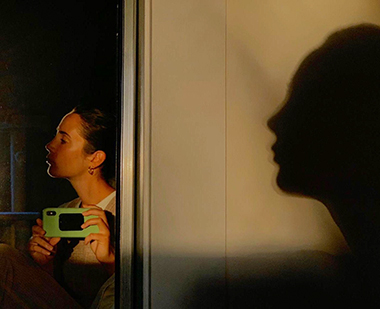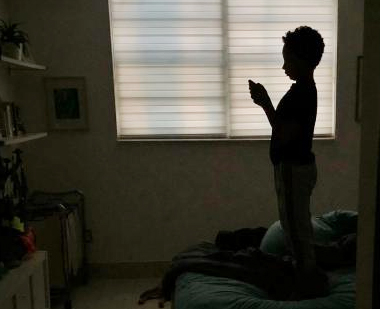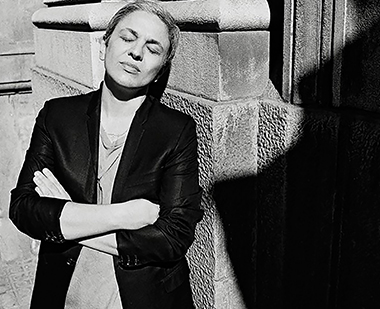
Record your pre-pandemic memories via voice app on an iPhone.
In a time of disjointedness, Dora Garcia's participatory and collective artwork installation, "I Remember Miami" is a way to keep people together even though we're apart. Thank goodness, they've extended the deadline, so you still have time. You have until Friday, July 31, to be a part of this time capsule of history.
Garcia, a Spanish artist who splits her time between Norway and Spain, wants the collective work to cement in time recollections and the sense of place of a pre-pandemic Miami.
The audio installation was commissioned by Museum of Art and Design (MOAD) at Miami Dade College as part of its "City of the People" series.
"I Remember Miami" became an "unplanned" companion piece to her current collaborative with MOAD, "Rezos/Prayers Miami," which she first enacted in Madrid in 2007 then, in 2019, "Prayers Miami" placed eleven people in various locations or on public transport in Miami and they recorded narrations of their observations, noting every day and unexpected details. " 'Prayers' was about perception, 'Remember Miami' is about memory. I had to come up with how 'Miami' would work fast," says Garcia about when Rina Carvajal, MOAD's executive director and chief curator reached out.
"Dora Garcia has imagined an impactful work of art that can bring people all across Miami together even when we have to stay alone in our homes," says Carvajal. Produced by the people of Miami themselves, the work records intimate memories of a vital place temporarily paused, according to Carvajal.

Anyone can participate in "I Remember Miami" but you only have until Tuesday.
"You can't go for a drink with your friends, you can't go to a concert in the same way. So, language here will make reality. I have to describe something in order for it to exist."
The place that you select to contribute to the collaborative should be something of personal significance.
"Something that made a special impression," says Garcia. Maybe a trip to a local art gallery, a ride on the Tri-Rail, driving on I-95 during rush hour, a walk through Wynwood on a busy bar night.
She stresses that your contribution should be on a "description of the place. While it is important to include emotion, it is more important to describe a pre-pandemic Miami. Not so much your emotion around it, but what it looked like: Were the streets and bars busy with people walking arm in arm? Were you in a crowded concert hall? An arena concert or Miami Heat basketball game, shoulder to shoulder?
"Describe what kind of place it is," Garcia stresses.
Garcia says recording on an iPhone or other mobile device works fine. "The Voice Memo app on iPhone is great for this."
So, let's begin:
Stand next to a window or on a balcony – your "stay at home quarters" – first observe what is outside. Start the recording, then close your eyes.
Be as specific as possible about the place you will be remembering. "In your mind, start walking around in it. Describe the place as it was the day or days you were there," she instructs.

Dora Garcia is creating a collaborative installation with the people of Miami and the Museum of Art and Design (MOAD). Get in on being a part of history.
It is important to the piece to order your memories according to your path through the space: you walk into the space, you look to your right, to your left.
Remember, says Garcia, this is not so much about describing event or what happened or your feelings about it, but about describing the place itself."
The length of the recording can be from a few minutes up to 15 minutes, but enough that the listener can reconstruct your impressions of the space.
Photographs are another important element of the installation. Garcia suggests taking a picture of the space around you right after you've finished the recording, add a photograph that corresponds to the place you describe such as an image of the site itself, a selfie taken with friends there, or an image from the internet.
Or find or take a picture of an object that connects you to the place you've described. Submit only one recording but send up to three photographs to accompany the narrative.
"As long as you remember a place, you are keeping it alive. In this case, you are remembering Miami."
And, realistically, we really don't know how life in Miami will look post pandemic.
- Submissions will be accepted until July 31 for inclusion into a growing online archive on MOAD's and the Miami Book Fair's Facebook and Instagram accounts. When complete, the archive will be accessible on the museum's website, the Miami Book Fair, and the artists website.
- Submit audio recordings and photographs in any language as digital files at www.mdcmoad.org/iremember.




